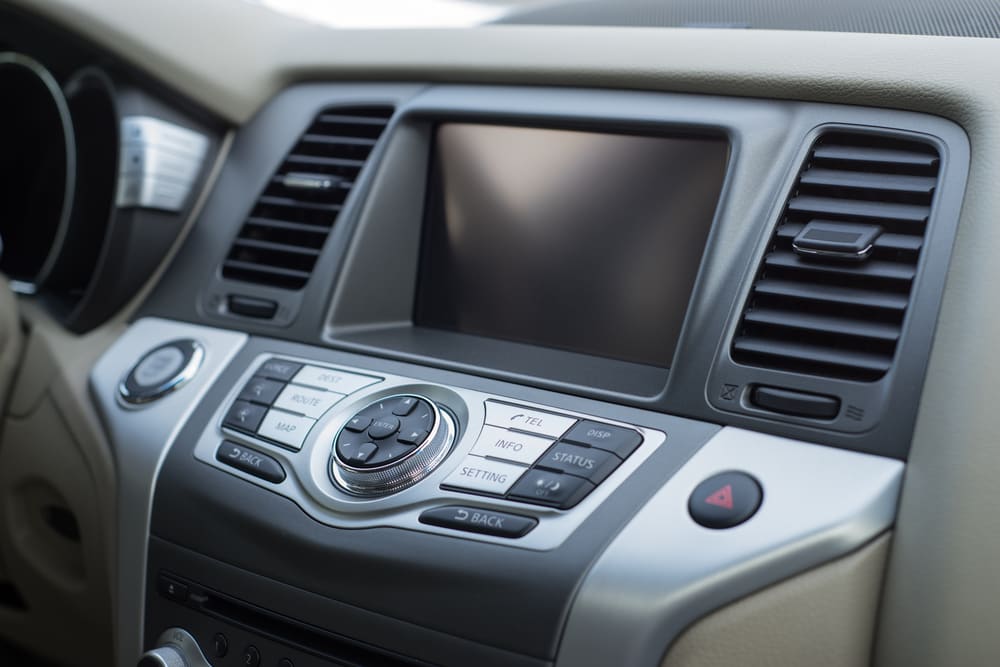

The term “car stereo” actually refers to the receiver – also known as the head unit or the deck – the receiver is the central processor for your vehicle audio system. Once you’ve chosen the receiver, you need to know that you’ve also locked in how upgradeable the system is and the general features at the same time, so it’s important to make all of these decisions upfront – including how much you will want to upgrade your system in the future.
Consider where your audio will be coming from: do you have a CD player? DVD player? MP3 input? Depending on which direction you want to go, you’ll need to choose an audio receiver that will handle all the various inputs that you want to utilize. You may want to go with a color A/V screen, or with a very basic receiver that only gives you the bare basics – which would include at least one USB port for MP3 files or a 3.5mm analog auxiliary input which will allow your connectivity to be universal.
Here are some useful tips regarding the purchase of a stereo:
Satellite radio: Keep in mind that you will need specialized options if you decide to go with satellite radio – not all base radios come with that functionality. This may require a Sirius Connect module as well, so be prepared for that additional purchase if you want to go the satellite route.
HD audio quality: A receiver with built-in HD Radio decoding dramatically improves overall audio quality, and is likely a good purchase.
Built in navigation: In-dash navigation is also a great option to consider, but you may want to remember that the GPS in your smartphone likely provides all the free navigation you will ever need – and most in-dash navigation units require some sort of (paid) ongoing subscription to get map updates.
Available space: While it may not seem like the most important or sexiest consideration, your interface must physically fit in the area that you have available for it in your dash. Don’t get carried away on a 6” color touchscreen when you only have room for a small interface and no screen.
Peak power: Power is another important consideration. The peak power, in terms of RMS, is what you want to pay attention to. In general, more RMS is better – meaning you’ll get more output which is important if you’re listening to the radio loud at high speeds.



